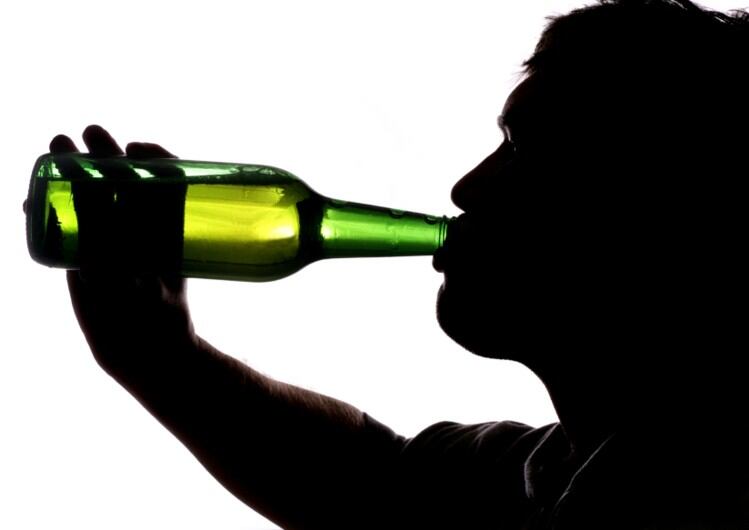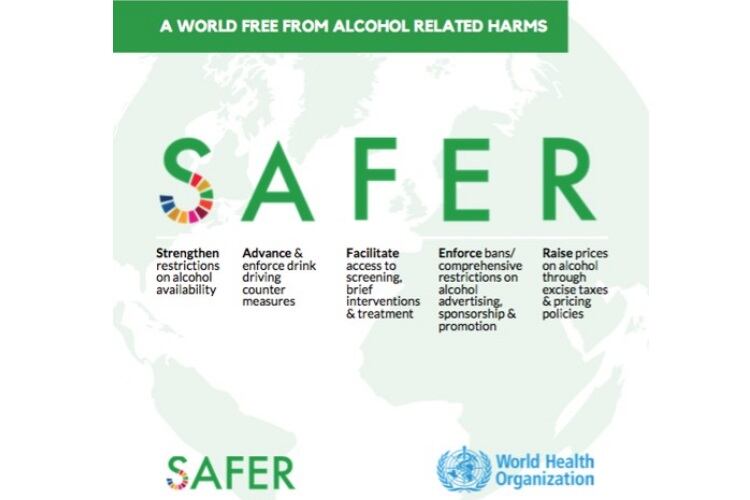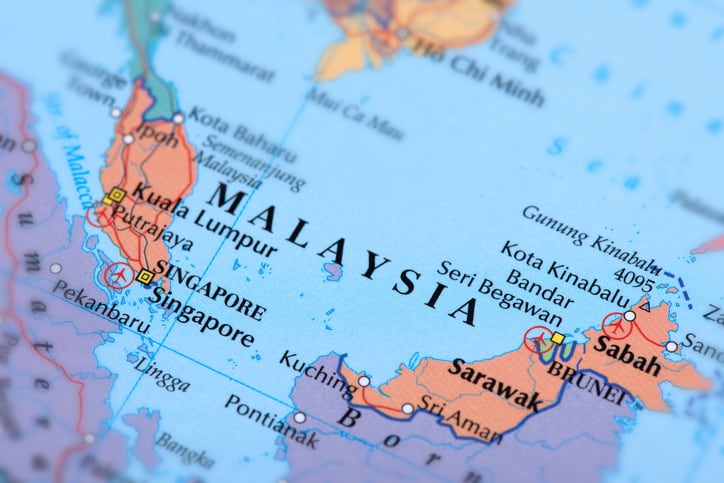In a move that was widely applauded by the drinks industry, safeguards for minors were included last November, introducing age restriction controls in digital media to limit underage audiences, only allowing brands to market their products to at least 75% adult audiences and prohibiting placement alongside content primarily aimed at minors.
The ABAC rules apply to all marketing and communications from manufacturers, retailers, breweries, supermarkets and restaurants featuring alcoholic beverages.
The scheme is currently governed by a committee comprising representatives of the alcohol industry, the marketing communications industry and the government.
“Most alcohol marketeers are already very conscious of these issues and include such restrictions within their internal policies, but the inclusion of these standards in the ABAC code means that alcohol marketers will be accountable to the community via ABAC Complaints Panel decisions,” said Alcohol Beverages Australia (ABA) executive director Fergus Taylor at the time, describing it as a “sensible move that is welcomed by the industry”.
Call for independent review
Yet a year on, researchers at Curtin University in Perth say the placement rules do not meet the criteria for effective self-regulation and do not appear to have introduced any additional safeguards for young people.
“We found that [the placement rules] are unlikely to reduce young people’s exposure to alcohol marketing as they are very narrow in scope, exclude key forms of promotion, and place minimal restrictions on marketers,” said Julia Stafford, of the Alcohol Programs Team at the Public Health Advocacy Institute of Western Australia at Curtin University.
Having critically reviewed the placement rules, Stafford and her team found that all but one of 24 placement-related complaints published between November and May had either been dismissed or found to be “no fault” breaches.
The rules allow alcohol advertising to be broadcast during sports telecasts on weekends and public holidays, and do little to limit outdoor advertising, Stafford said.
Moreover, “alcohol ads placed in shopping centres, at sports stadiums, on public transport vehicles and at bus stops or train stations outside of a 150m radius of a school are all consistent with the placement rules,” she added.
The Curtin researchers have called for an independent review of the ABAC scheme, also claiming that there was “no evidence of consultation with other stakeholders” when the rules were drawn up last year, having counted on sizeable input from the alcohol and advertising industries.
The difficulties in measuring change
University of Sydney legal academics have gone further in a paper this month, urging greater government intervention to ensure the code is more effective.
In an analysis of loopholes in the ABAC’s rules, Belinda Reeve of Sydney Law School identified a failure to regulate alcohol industry sponsorship, particularly of sporting events and teams.
Neither was the placement of some digital alcohol promotions, such as posts about alcohol products by social media influencers, being restricted, she found.
She also claims that the regulatory processes established by the scheme have significant limitations, including a lack of systematic monitoring or meaningful sanctions for non-compliance.
One result, said Dr Reeve, is that “it is difficult, if not impossible, to measure any concrete changes in alcohol advertising practices that can be said to flow from compliance with the ABAC.”
Instead, she recommends a “phased” approach to protect young people from exposure to alcohol marketing. This would begin by restricting advertising in channels with a smaller audience of minors, and including a comprehensive ban on all outdoor advertising in areas frequented by children.
A second phase would be triggered if the measures introduced in the first had not led to significant reductions in young people’s exposure to alcohol marketing, and would bring the government into the regulatory blend.
If both these approaches failed, Dr Reeve advocates an “intrusive form of intervention” which she acknowledges “would face strong industry resistance”.
“In theory, a legislative ban on all forms of alcohol marketing would be the most effective way to protect young people, however I acknowledge that there are practical and political barriers to this option. I hope that my alternative is one that industry and government will consider as a viable solution,” she said.
Shift from TV to social media
These are just the latest salvos attacking Australia’s approach to regulating the marketing of alcohol to minors, which has become a burning issue in the country. But while the arguments appear worthy, they also assume that advertising has a direct effect on the consumption habits of teenagers—something the industry is quick to refute.
Alcohol advertising on Australian television has declined since 2005—a fact Dr Reeve points out in the Sydney Law School paper—but as this has happened, digital advertising on social media platforms and websites has increased substantially.
Yet despite their potentially wider access to the beverage industry’s messaging, young people are making better decisions about alcohol consumption, with the latest National Drug Strategy Household Survey showing that 82% of 12-17-years-olds are now not drinking at all.
In addition, Australians aged 14-24 have continued to delay the age when they begin drinking, up from 14.7 years in 2001 to 16.1 years now.
Alcoholic drinks industry body ABA, which has been approached by BeverageDaily for comment, has been robust in its defence of the year-old regulations, stressing that no research has established a "causal relationship” between advertising and youth alcohol consumption—even though many campaigners may say this is the case.
Instead, according to its executive director, most youngsters are influenced by people they know well.
“The evidence-based and widely accepted factors affecting underage alcohol consumption are parental and sibling influences and peer drinking behaviour,” said Fergus Taylor in response to a report earlier this year which suggested that regular teenage drinkers believe alcohol ads are designed to appeal to their age group because of the attractive, young-looking actors.
“The ABAC standards ensure advertising doesn’t target or appeal to minors or encourage irresponsible consumption,” he added.
He also told a state inquiry, which took place after the new regulations had been implemented, that a number of misconceptions are made about advertising and the alcohol industry.
“While the key indicators for alcohol-related harm and underage drinking have been headed in the right direction for well over a decade, the strictly regulated advertising, marketing and promotion of alcohol beverages has increased exponentially and moved on to a whole range of exciting new online and social platforms,” he said.
And so while young people may be exposed to more advertising - in particular online - they are still drinking less and later than ever.
On balance, this might suggest that the advertising, marketing and promotion of alcohol beverages does not drive underage or harmful drinking to the extent that the anti-ABAC campaigners maintain.




